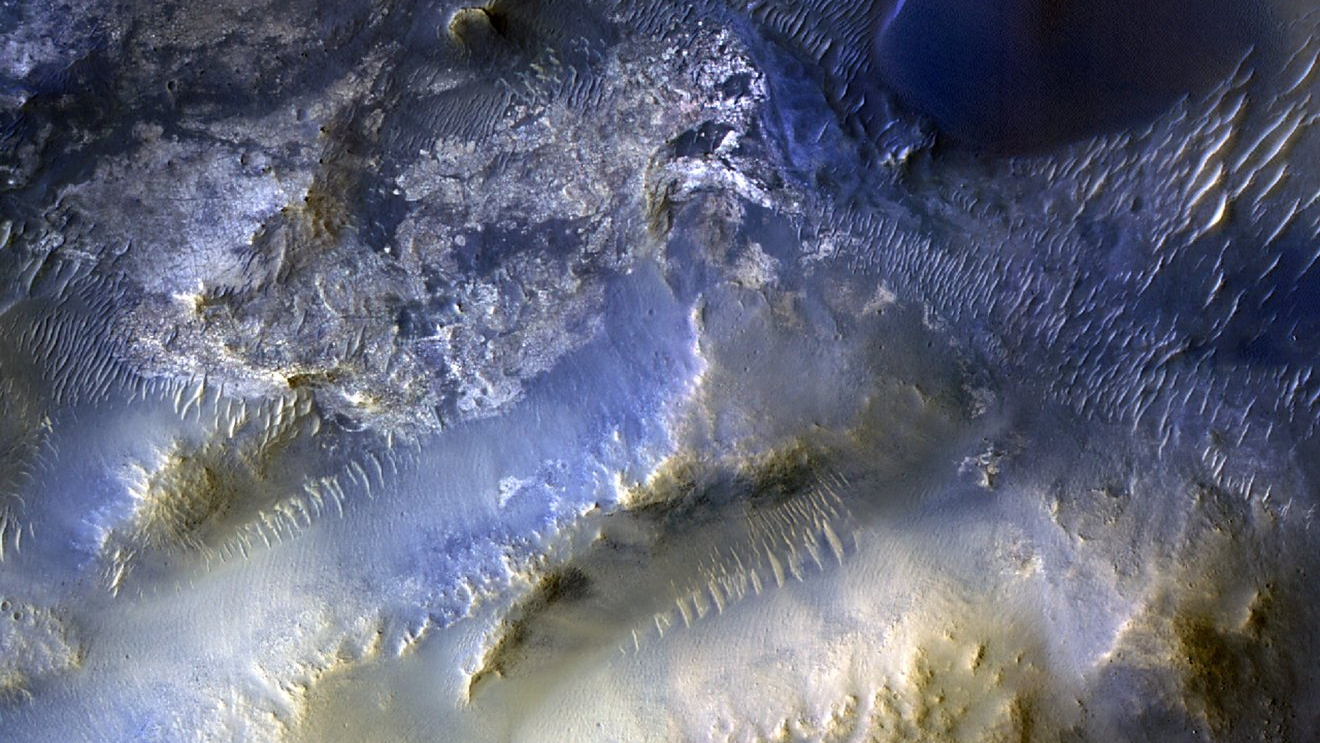Tonight's Blue Moon: All a Big Mistake
[Find out when is the next blue moon.]
Revelers can ring in the new year with a cosmic flourish tonight, celebrating the first New Year's Eve blue moon since 1990.
In truth, tonight's full moon won't be much different than any other full moon. In fact the term "blue moon" as it's used today originates from a writer's mistake.
"The 'blue moon' is a creature of folklore," says Philip Hiscock, a folklorist at the Memorial University of Newfoundland. "It's the second full moon in a calendar month."
If there's been a recent volcanic eruption that poured significant ash into the upper atmosphere, it is possible for the moon to take on a blue tint. That's not expected tonight.
All a big mistake
Hiscock helped figure out where the term came from. Long ago, "blue moon" was used to describe absurd things.
Breaking space news, the latest updates on rocket launches, skywatching events and more!
Then in 1946, amateur astronomer James Hugh Pruett (1886-1955), writing in Sky & Telescope magazine, "made an incorrect assumption about how the term had been used in the Maine Farmers' Almanac – which consistently used "blue moon" to mean to the third full moon in a season that contained four of them (rather than the usual three)," the magazine's editors explained this week.
Hiscock and Texas astronomer Donald W. Olson helped the magazine sort all this out and admit the blooper in 1999. The mistake led to the current definition of blue moon, generally accepted to mean the second full moon in a given month. The setup occurs about every 2.7 years.
Lunar lore
The blue moon mistake adds to a host of myths and mysteries about our moon. Among the more interesting things to ponder as you gaze up, weather permitting, at the not-really-blue blue moon:
There is no "dark side" of the moon. There is, however, a "far side" that we can't see, because the moon goes around the Earth once and spins on its axis once, all in the same amount of time, and it shows us just one face.
There's no solid evidence that the full moon affects behavior. Reliable studies comparing the lunar phases to births, heart attacks, deaths, suicides, violence, psychiatric hospital admissions and epileptic seizures have found little or no connection.
The moon is moving away. It's drifting into space as your read this, by about 1.6 inches (4 centimeters) per year.
The moon is never really full. It is lit by reflecting sunlight. So for the face of the moon to be 100 percent lit from our point of view, Earth would have to be exactly between the sun and the moon. But when that happens, there is an eclipse and the moon falls into total shadow.
Speaking of eclipses
Skywatchers in Europe, Africa, and Asia will have a chance to see a partial lunar eclipse tonight. A distinct but modest scallop of darkness will be seemingly carved from the moon.
Lunar eclipses can only occur at full moon, when our planet gets between the sun and the moon and can cast a shadow on the lunar surface. Because the moon's orbital plane is a few degrees off the plane of Earth's orbit around the sun, the three bodies don't usually line up exactly, so eclipses don't occur at each full moon, and not all eclipses are total.
The timing of the eclipse prevents it from being visible in the lower 48 United States. But compared to a partial lunar eclipse, a blue moon on New Year's Eve is, well, a "once in a blue moon" event.
- Top 10 Amazing Moon Facts
- Moon Mechanics: What Makes Our World Go Round
- Moon Image Gallery

Rob has been producing internet content since the mid-1990s. He was a writer, editor and Director of Site Operations at Space.com starting in 1999. He served as Managing Editor of LiveScience since its launch in 2004. He then oversaw news operations for the Space.com's then-parent company TechMediaNetwork's growing suite of technology, science and business news sites. Prior to joining the company, Rob was an editor at The Star-Ledger in New Jersey. He has a journalism degree from Humboldt State University in California, is an author and also writes for Medium.
